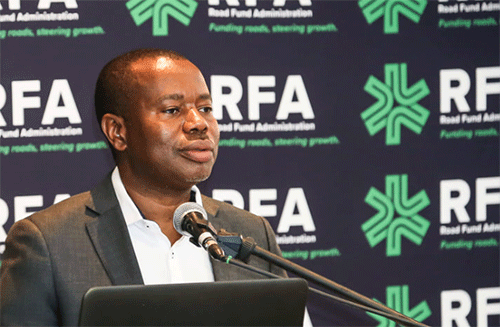Despite a strong negative perception from the public and lawmakers to toll roads as a revenue-generating option to maintain the national road network, the Road Fund Administration remains adamant that tolling is the answer.
The alternative, the RFA cautions, would be a rapid deterioration of the national road infrastructure.
“The country’s infrastructure is ageing, and the gap between what is required at the optimum level and what we are generating from the road user charges is not speaking the same language. The gap is widening, and we are seeing that over the next five years we will only be able to effectively provide funding up to the level of 60%. So, we have to look at alternative funding streams,” said RFA CEO Ali Ipinge last week.
He was speaking at the public enterprises CEOs’ engagement in Windhoek where he said he still believes toll gates are the solution for Namibia, and there is no essence in denying the fact.
A 2023 report noted that toll gates became a reality in Namibia, where the average toll would range from N$19.26 for passenger vehicles to N$83.08 across all sections. However, the actual toll fee would be determined primarily by the traffic volumes, length of the road, and cost of capital investment.
Road users in return, would save on vehicle operating costs due to good pavement surfaces and enjoy safer roads, amounting to N$0.21/km and N$1.65/km for light and heavy vehicles, respectively, or N$1.1 billion annually.
The RFA added that tolling can increase gross domestic product (GDP) growth by 0.4% annually through construction activity, new jobs, consumption and second-round economic impact. This would amount to N$600 million annually. Tolling could, therefore, add N$1.7 billion to the country’s economy, thus resulting in a social profit of roughly N$1 billion.
The RFA was established to manage the road fund and the road user charging system with the purpose of securing and allocating sufficient funding to realise a safe and efficient road sector in Namibia.


